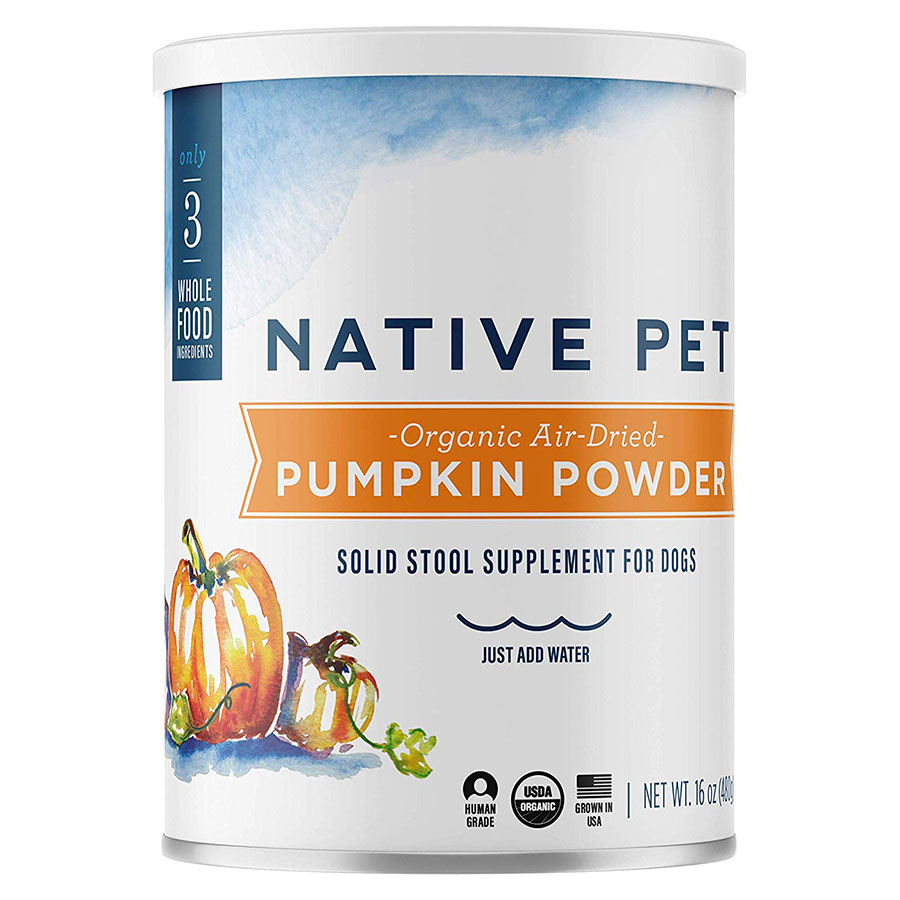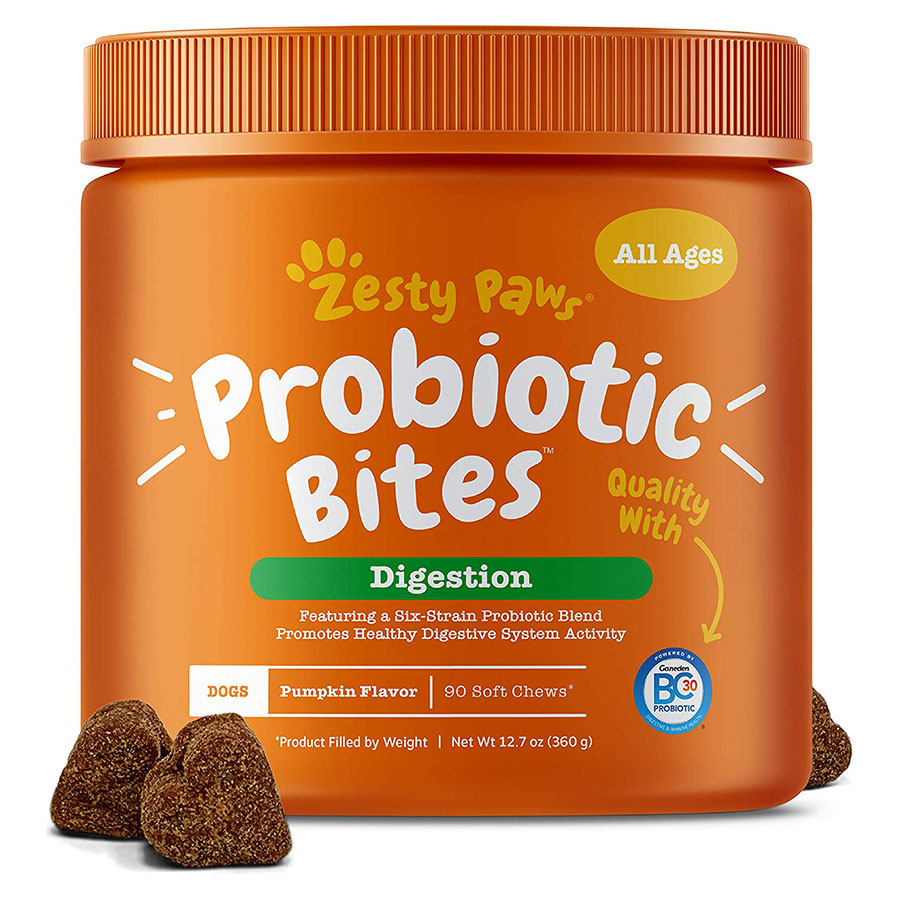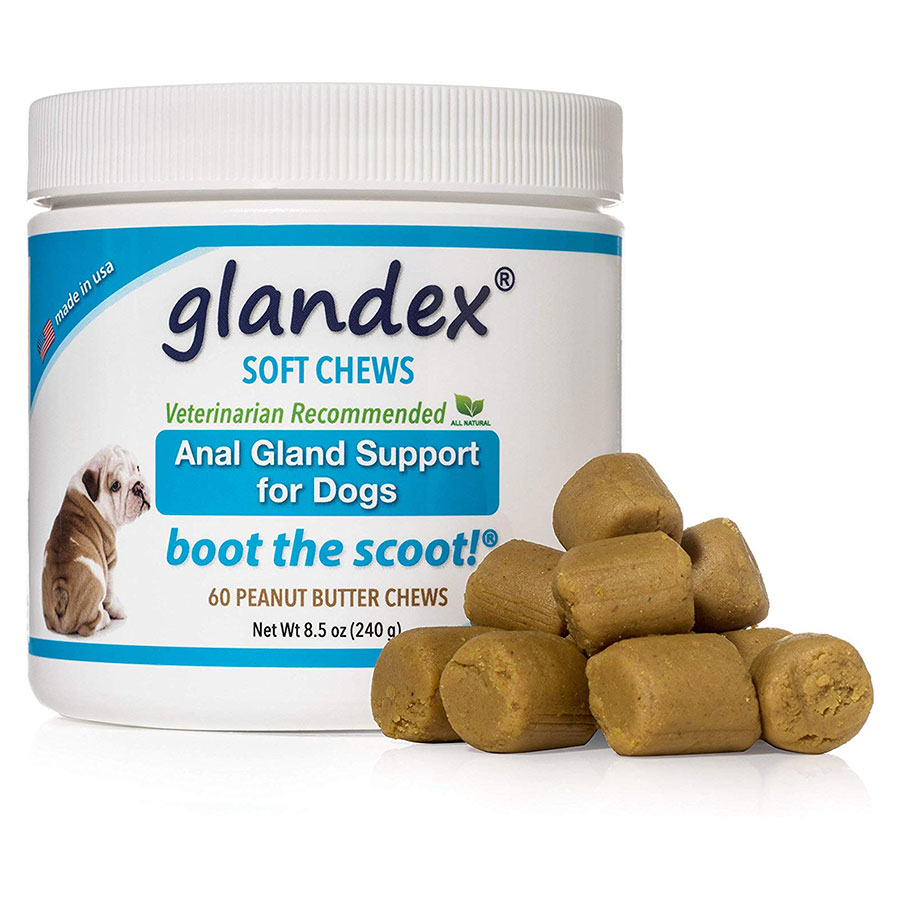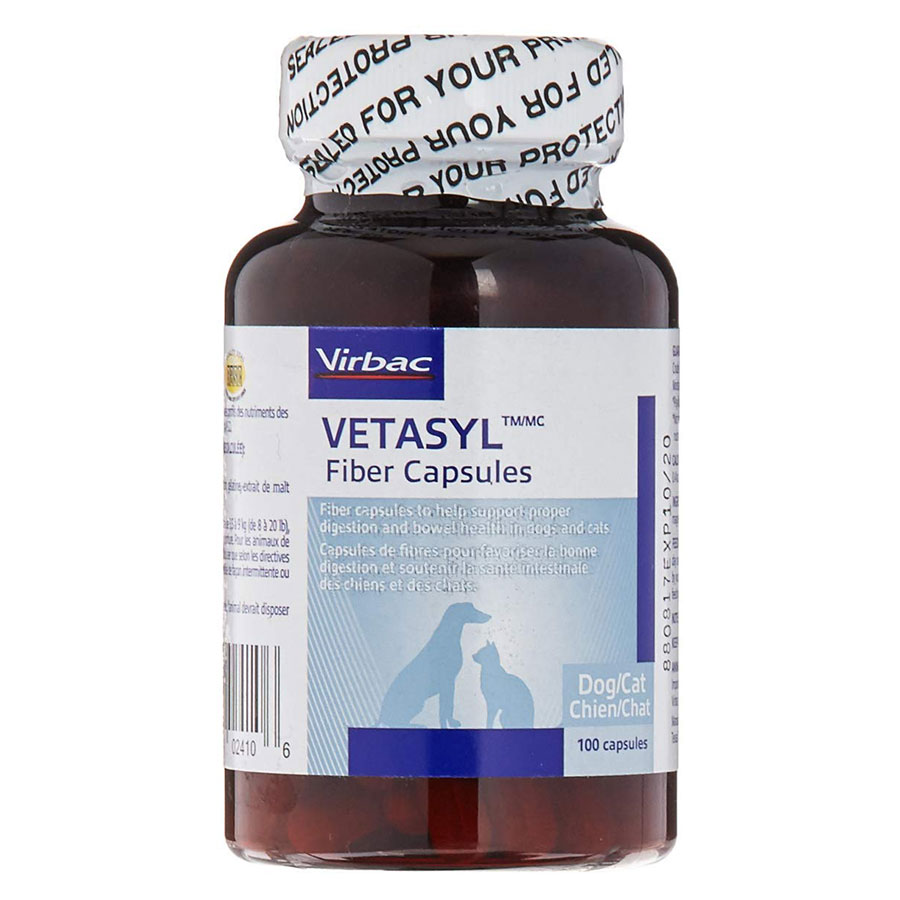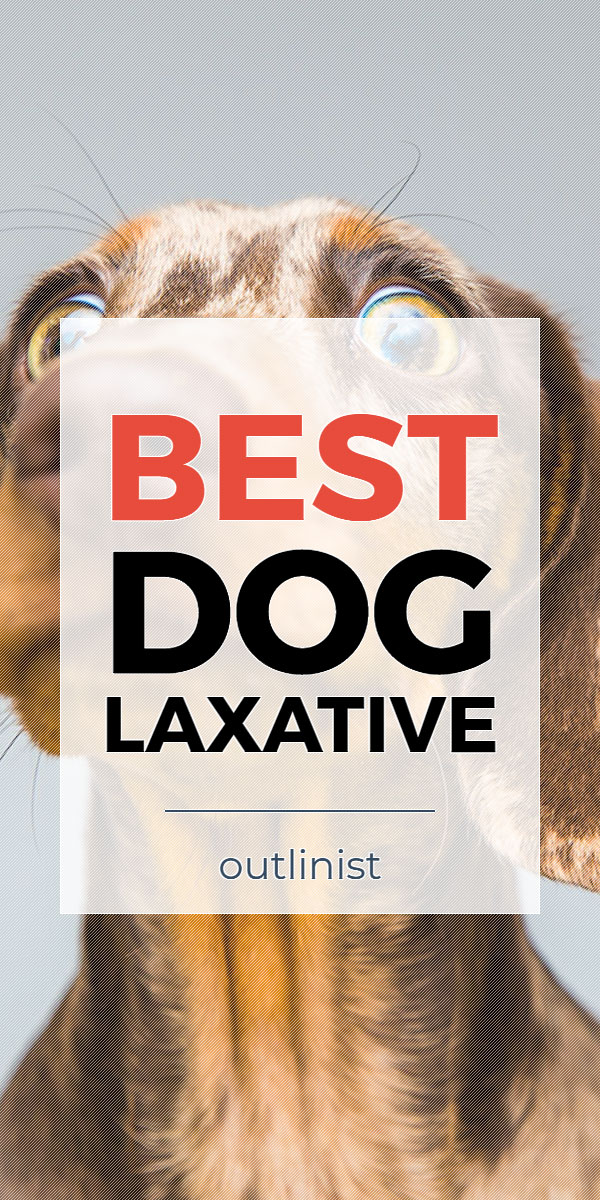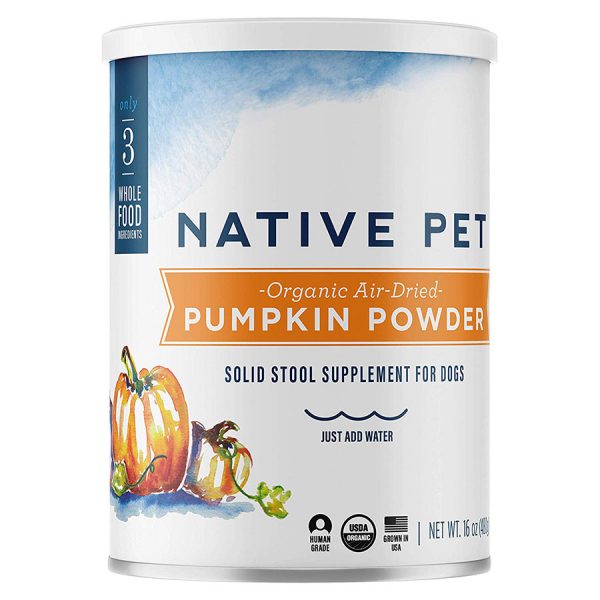
After 43 hours spent researching the best dog laxatives, we think Native Pet Organic Pumpkin Fiber Dog Laxative is the best for most people.
This choice is based on several criteria: brand, type, how to use, packaging, flavor, quantity, fiber, benefits, age range, easy to use, fast action, organic, gluten free, anti constipation, and anti diarrhea, among other things.
| Product | Price | Overall Rating | Quality | Efficiency | Durability | Scent | Value for Money | brand | type | how to use | packaging | flavor | quantity | fiber | benefits | age range | easy to use | fast action | organic | gluten free | anti constipation | anti diarrhea | |
|---|---|---|---|---|---|---|---|---|---|---|---|---|---|---|---|---|---|---|---|---|---|---|---|
 | Native Pet Organic Pumpkin Fiber Dog Laxative | Check Price | 4.9 | 5.0 | 5.0 | 5.0 | 4.5 | 5.0 | Native Pet | Powder | Food supplement | Can | Pumpkin, apple | 8 oz, 16 oz | Organic fiber | Healthy digestive system | All ages | Yes | Yes | Yes | Yes | Yes | Yes |
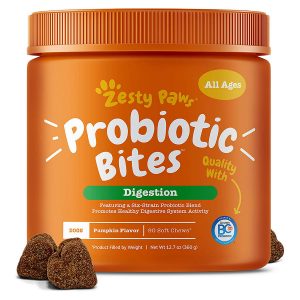 | Zesty Paws Probiotic Natural Enzymes Dog Laxative | Check Price | 4.5 | 5.0 | 4.5 | 4.0 | 4.5 | 4.5 | Zesty Paws | Soft chews | Treat | Plastic container | Pumpkin, Chicken | 90 count | Probiotic fiber | Healthy digestive system | All ages | Yes | Yes | Yes | Yes | Yes | Yes |
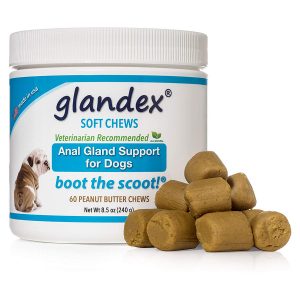 | Glandex Anal Gland Soft Chew Treats Dog Laxative | Check Price | 4.8 | 5.0 | 4.5 | 5.0 | 4.5 | 5.0 | Glandex | Soft chews | Treat | Plastic container | Peanut butter | 60 count | Probiotic fiber | Healthy anal gland function | All ages | Yes | Yes | Yes | Yes | Yes | Yes |
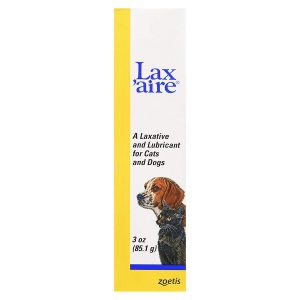 | Pfizer Lax’aire Lubricant & Dog Laxative | Check Price | 4.3 | 4.5 | 4.0 | 4.5 | 4.0 | 4.5 | Pfizer | Ointment | Topical | Tube | Cod liver oil | 3 oz | None | Relief from constipation | All ages | Yes | Yes | No | Yes | Yes | Not specified |
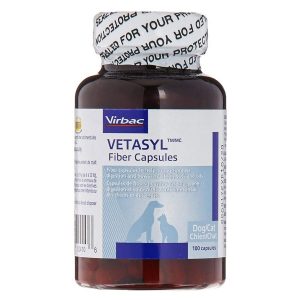 | Virbac Vetasyl Fiber Capsules Dog Laxative | Check Price | 4.3 | 4.5 | 4.5 | 4.0 | 4.0 | 4.5 | Virbac | Capsules | Food supplement | Bottle | Psyllium, barley | 100 count | Natural fiber | Relief from constipation | All ages | Yes | Yes | Yes | Yes | Yes | Yes |

Constipation is a common issue for many of our furry friends, and the best dog laxative is a handy thing to have around if they struggle with the issue.
Whether you go with laxative foods or a medication, dog laxatives can help to prevent discomfort and illness.
You’re always looking out for your dog’s best interests. From the time you get them you always put the best puppy food or dog food in their dog bowl or automatic dog feeder. You make sure fresh water is always available with a dog water fountain, and they sleep well with a dog bed and/or dog blanket.
Exercise is essential and fun. Whether they’re swimming with their dog life jacket, running with you on their dog training collar and dog bicycle leash or hiking with their dog boots and dog backpack, they’re active and excited about your adventures. And, they exercise their brain when they play with a dog interactive toy, too!
Their safety is also important. You may spray dog anti-chew spray on things they shouldn’t touch. And, when you’re out on a walk, you keep dog repellent on hand in case an aggressive dog comes after you. Maybe they stay in the dog playpen when you’re gone.
Grooming is also an important part of the routine. Having high-quality nail clippers or a dog nail grinder, dog conditioner and shampoo, and other grooming tools can help you to keep Sparky looking fresh.
Of course, many of us don’t like to think about their fecal habits. Sure, we have a dog pooper scooper and dog poop bags, but what else do we need? Keeping the best dog laxative handy can also be an important consideration.
Selection Of The Best Dog Laxatives
Here are the best dog laxatives for most people according to Outlinist:
Buying Guide
Effectiveness
Above everything else, if your dog is constipated the treatment should be effective. You don’t want to get something and then find out that it just isn’t going to work.
Research the background on some of the laxatives that you’re considering. Look at their ratings and see what their active ingredients are. Learn which ingredients are most effective for your pet’s needs and stick to those when you’re buying them.
How Long Does It Take to Work?
If your dog has been constipated for a day or more, you likely want the laxative to work as quickly as possible, right? But, you also want to be sure that you’re at home when it works.
Obviously, any laxative isn’t going to work instantly, because it takes a bit for anything to get through your dog’s system. But, look for “fast working” options that provide your dog with relief within an hour or two of them taking it.
FDA Approval
In order to be considered a dog friendly laxative, it has to have federal approval from the Food and Drug Administration. The FDA does research on all medications (for people and animals) to ensure that what we’re administering is safe.
The FDA approval will be on the packaging, and it should be somewhere that you can see it. You can also use the FDA website to see what’s inside and to make sure that it has everything that you may need for your furry friend’s digestive system.
Safe Ingredients
Your dog is already feeling pretty poorly, and you want to be sure that you give them something that isn’t going to make them even more ill. Knowing and understanding ingredients can help you to choose the right options.
Some of the best ingredients you’ll find are Psyllium, Docusate Sodium (better known as Surfak or Colace), and petroleum-based lubricants. These ingredients (when taken in the proper amount) are completely safe and they can be effective for most dogs that are backed up.
Pill Options
If you’re good at hiding pills away, or your dog doesn’t mind taking them, then there are some pills and tablets that you can use as a safe laxative. Find pills that are appropriate for your dog’s size (if they’re too large, your dog may choke on them).
Look for dog laxative pills that work well and that fit in whatever it is that you use to encourage your dog to take a pill. There are plenty of treats and food options where you can just hide the pill away and make it easy for your dog to swallow it down.
Liquid Options
There are a handful of lubricants, gels, and other liquids that work well for constipation. These are usually flavored (so your dog is more likely to enjoy them) and easy to administer.
For most liquid laxatives, you’re going to want to have 1 teaspoon for every 5 kilograms (11ish lbs.) that your dog weighs. Be careful with how you administer it; it’s best done with their food or some water so that they’re less likely to get it into their lungs.
Stool Softeners
In some instances, your best bet is to go ahead and find a stool softener for dogs. Since constipation is usually caused by food that has hardened in the intestine, then a stool softener is a fine alternative that you can utilize.
These typically come in the form of a small treat that is flavored so that your dog can enjoy it. They eat the treat and it’ll be effective in a couple of hours.
Human Laxatives
Sometimes, it’s just fine to give your dog a human laxative in order to help them pass a bowel movement. Options like Metamucil, lubricant-based gels like Laxatone, and a number of other human laxatives work just fine for your furry friend.
Avoid anything that has mineral oil, however. Mineral oil can be aspirated into the lungs and it can cause some dogs to get cramps.
Dosage
Knowing the correct dosage is essential when you want to be sure that a laxative is going to be effective for your dog to use. Some types of laxatives are only meant for certain sized dogs, and you may need to turn to an alternative if your dog is too big or small.
Look on the label and see how much they recommend. It’s typically based on weight (the larger the size, the larger the dose), but it may also be related to age.
Vet Recommendation
As you’re looking at the label, also keep your eyes peeled for any sort of veterinary recommendation. These are typically from products that have been properly tested by vets.
Vet recommendations could be from the Center for Veterinary Medicine (CVM), the American Pet Products Association, or the American Animal Hospital Association. You may also see recommendations from a number of vet colleges and universities, depending on the type of laxative that you’re buying.
Ingredients to Avoid
There are a few ingredients in some laxatives that dogs may be allergic to. If your dog has drug allergies, talk to your vet before administering any type of laxative.
Mineral oil is always something that you want to avoid when you’re looking at dog laxatives. You also want to steer clear of milk of magnesia, because it’s simply not that effective for dogs. Senna, which is the main ingredient in Senokot, is too strong for dogs and can make them very ill.
Prevention
Preventing constipation can be a really big help, especially if you have a dog that has constipation issues on a regular basis. You want to talk to your vet before you make any changes that may be permanent.
Canned pumpkin can be a great option. You mix it in their food and it helps to soften stools. Putting broth in their dry food can also be very helpful. If you have a long-haired dog, be sure that you regularly clip the hair around their anus so that it doesn’t mat and cause blockage.
Control
Already dealing with constipation? Find laxatives that are meant for controlling the issue while it’s happening, instead of preventing it. These are more often stool softeners and things that encourage the digestive system to work as it should.
Thankfully, a number of dog products work for both prevention and control. Explore the labels of the ones that you’re considering and you can find some pretty good options that are affordable and versatile.
Puppies
When it comes to constipation, puppies deal with it all of the time because their systems are still growing and strengthening. That being said, you may still want to use a very small amount of laxative to give them a hand.
Be sure that you feed them a fibrous diet and encourage them to drink a lot of water. If you have a male, neuter him as soon as possible so that his prostate doesn’t enlarge, which could cause constipation and blockage later in life.
Enemas and Suppositories
Suppositories for kids are actually very safe for dogs to use if they’re constipated. Made from glycerin, these are inserted into the dog’s anus, which can help them to pass a bowel movement without too much trouble.
Enemas, which are also inserted into the anus, can be very helpful when your dog is constipated as well. While an enema can be one of the best dog laxative options, you only want to go to the vet to get it done.
Frequently Asked Questions
Are there alternatives to laxatives that I can consider?
If you’re looking for more natural laxatives, you do have a few options that are not medications, suppositories, or enemas. And, many of them are quite affordable to try out.
Some of the most common dog laxative foods are olive oil, wheat bran, and canned pumpkin. These help to break down whatever is backed up in their intestines. You can also include these in their regular diet if you’ve got a dog that constantly deals with constipation problems.
Can a high-fiber diet help my dog if they’re constantly constipated?
If your dog is constantly constipated, then a dietary change may be in order. Talk with your vet before you go and make any changes to what they’re eating on a regular basis, and work out a diet that makes sense for your lifestyle and what they need.
Some of the things included in a constipated dog diet may include Metamucil (and other wheat/bran/fiber based products), pumpkin, and digestive health-focused, canned dog food (which is often easier to break down than dry food).
How can I encourage my dog to poop?
Sometimes, your dog feels stressed out by the fact they can’t pass a bowel movement, so your first bet is to take them out several times a day, for a few minutes at a time. Let them sniff around a bit and don’t get angry when they don’t poop. This is a no-stress option that allows them the freedom to poop without pressuring them to do so.
You can also add some more liquid to their diet. It’ll help to clear out their bowels and make it easier for them to poop.
When should I talk to my vet if my dog is constipated?
If you’re saying “my dog hasn’t pooped in 4 days”, then it’s likely that you need to go to the vet and see what’s going on. Even if your dog gets constipated from time to time, it could be a sign of a deeper health issue that needs treatment.
Also, if they have bloody stools when they do poop, are vomiting, or are lethargic, they may need to get help sooner than later. It’s better to be safe than sorry.
Why is my dog constipated?
If you’re starting to see dog constipation symptoms, you may be wondering why they’re dealing with this in the first place.
Too much bone in their diet can cause constipation. An obstruction in the bowels, like rawhide or a tumor, can also be very problematic. They may need more fiber or they just may have eaten too much and they’re backed up. Either way, the best dog laxative should help.
Sources
- Effects of oral laxatives on colonic motor complexes in dogs, National Institutes of Health, Sep 28, 1987
- A unique distribution of laxative-induced spike potentials from the small intestine of the dog, National Institutes of Health, Jun 23, 1978
- The Problem with Pumpkin, Clinical Nutrition Service at Cummings School, Sep 1, 2017
- Dog Constipation Causes and Treatment, WebMD Pets
- What to Do When a Dog is Constipated, petMD
- Dog constipation: Causes, symptoms, and treatments, Cesar's Way
- How to Treat Dog Constipation: 9 Steps (with Pictures), wikiHow
- Constipation in Dogs and How to Treat It, The Spruce Pets, Jan 11, 2019
- Dog Constipation: Causes, Diagnosis, and Treatment, American Kennel Club, Nov 9, 2015
- Dog Constipation Causes, Symptoms & Treatment, Petfinder
